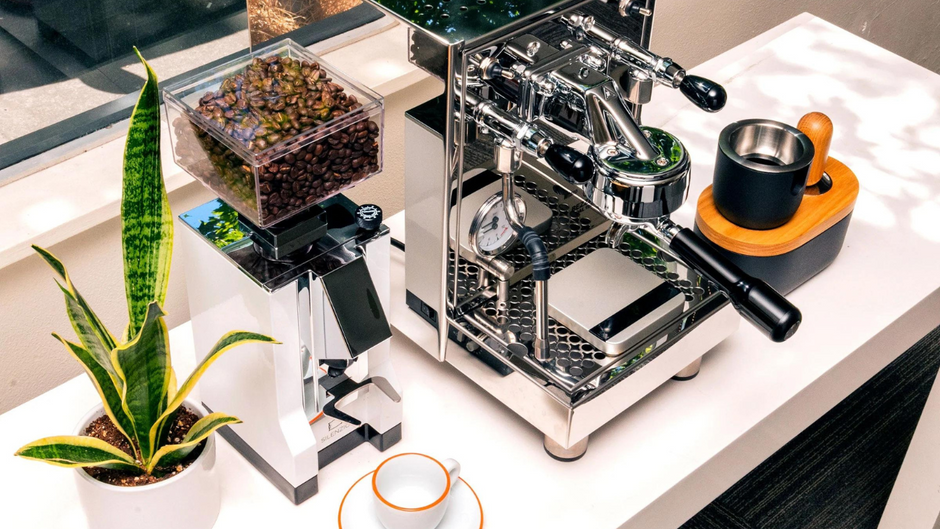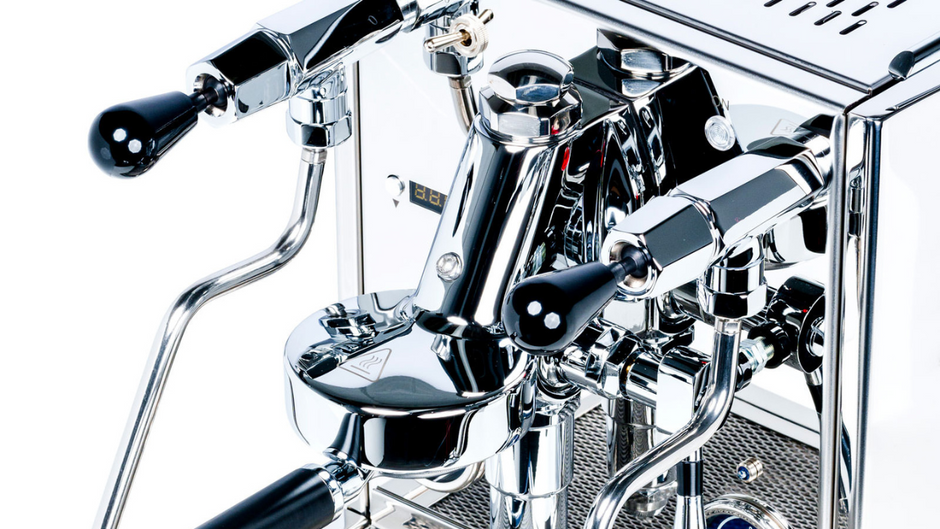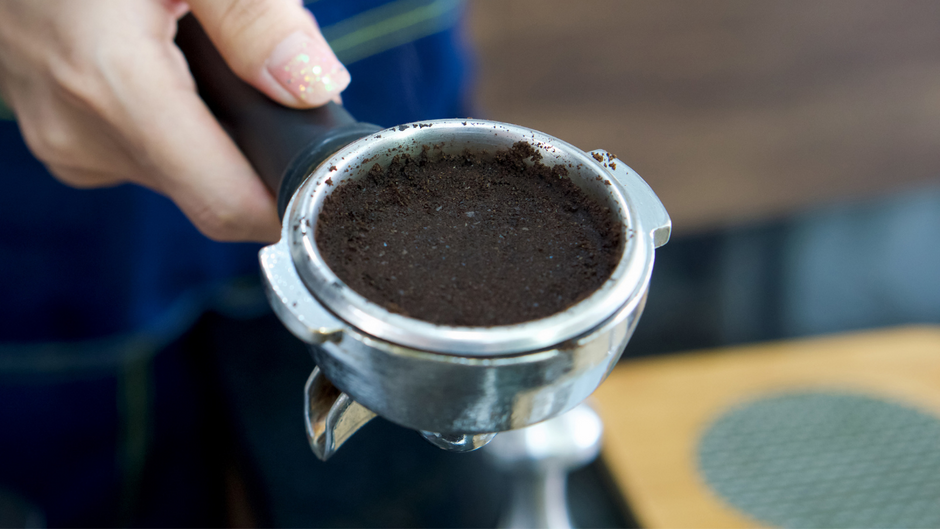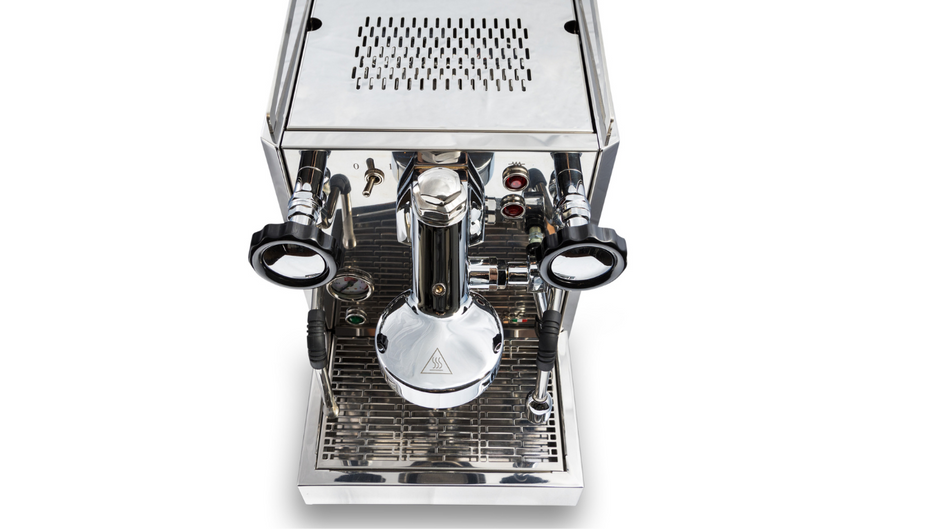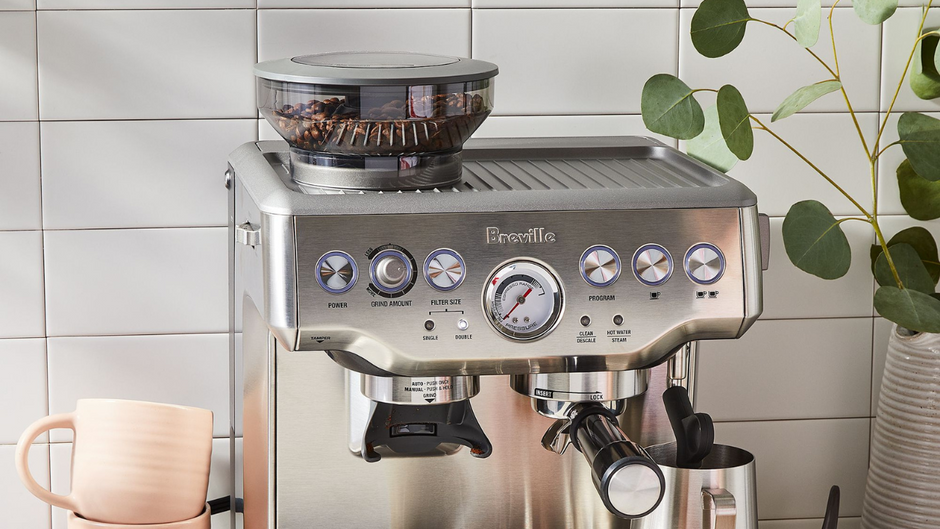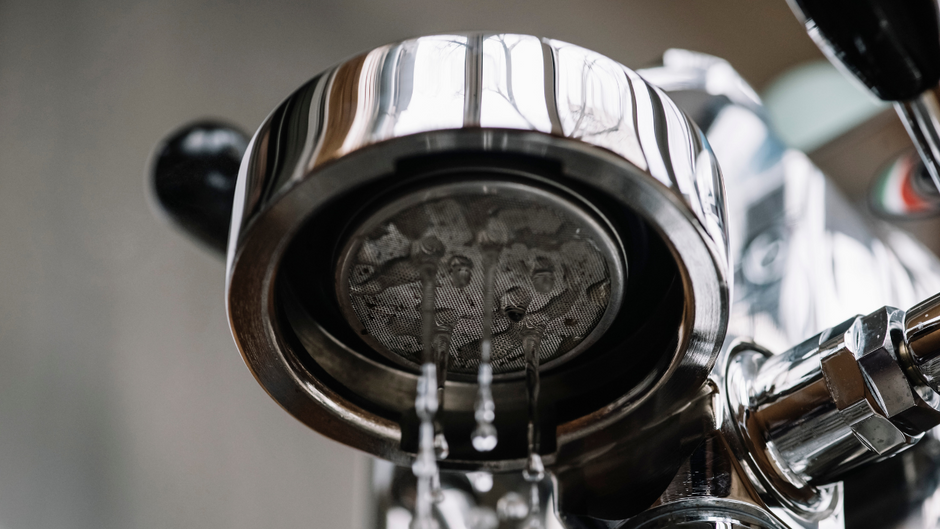Should I Buy a Coffee Maker With An Attached Grinder?
Coffee aficionados understand the importance of freshly ground beans in crafting the perfect cup. Some machines combine the convenience of a coffee maker and a grinder in one unit. But is this convenience truly worth it? We at Cliff & Pebble believe that when it comes to quality and the longevity of your coffee beans, especially for espresso, it might be a bad idea. Let's dive into the reasons.

- Convenience of a single machine for two functions.
- Potentially takes up less counter space.
- Unified design might be aesthetically pleasing for some.
- Heat from brewing can compromise bean quality.
- Limited flexibility in choosing separate upgrades for brewing and grinding.
- Potential for cross-contamination from old residues.
1. Heat Compromises Bean Quality:
For any coffee lover, the freshness and quality of the bean are paramount. However, when a brewing process begins, a significant amount of heat is produced. With a combined grinder and brewer, this heat has the potential to wreak havoc on the pristine condition of your coffee beans, compromising the very essence of your brew.
-
Heat Production: Brewing, especially espresso, produces heat. When a grinder is attached directly to the machine, the proximity means the heat can transfer more easily to the bean hopper.
-
Impact on Beans: Heat accelerates the oxidation process, causing beans to go stale faster. For those who invest in high-quality beans, this can be a significant waste of money and flavor.
All-in-all, if you're going to grab a machine that has an attached grinder, we highly recommend only using the exact amount of beans you'll need for that very sitting, just like a single dosing grinder. Leaving beans idle in the bean hopper will ultimately result in your beans being destroyed by the rising heat from your coffee maker or espresso machine.
2. Consistency in Grind Quality:
Grind consistency is a subtle yet crucial element in brewing that exquisite cup of coffee or shot of espresso. The integrity of the grind can be the difference between a balanced, flavorful sip and an unsatisfactory one. When grinders are integrated into the coffee maker, they might fall victim to various factors that could jeopardize this consistency.
-
Heat Affects the Grinder: Grinders, especially when close to the heat source, can get warm. This affects the consistency of the grind, which is crucial for the perfect espresso shot.
-
Maintenance Issues: With attached grinders, if one part of the unit breaks down, it could compromise the whole machine. Standalone grinders can be serviced or replaced independently without affecting the brewing unit.
3. Flexibility & Versatility:
The world of coffee is vast and varied, and for those who like to traverse its diverse landscapes, flexibility is key. A single type of grind or bean storage condition won't do justice to the multitude of flavors and brewing methods out there. Standalone units provide the adaptability every true coffee lover seeks.
-
Diverse Beans, Diverse Grinds: Different coffee beans and brewing methods require different grind sizes. Having a separate grinder offers more flexibility to switch between fine for espresso and coarser grinds for other brewing methods.
-
Bean Storage: With standalone grinders, you have the flexibility to store beans in optimal conditions, away from heat and moisture, ensuring their longevity and flavor.
4. Limited Upgrade Options:
Our coffee journey is one of evolution. Over time, as our palate refines and our knowledge expands, the machinery we use can often need an upgrade. Being bound by a combo unit can be restrictive, limiting our exploration and the pursuit of that ever-elusive perfect brew.
-
Evolving Coffee Journey: As you delve deeper into the world of coffee, your preferences and requirements might evolve. With a combo machine, you're tied down to the capabilities of both the brewer and the grinder.
-
Cost-Effective Upgrades: If you decide to upgrade your grinder for a better one, it's often more cost-effective to replace a standalone grinder than a combo unit.
5. Potential for Cross-Contamination:
Cleanliness and purity are integral to getting that perfect taste in every cup. Old residues and remnants from previous grinds can interfere with the integrity of the coffee. With combined units, ensuring this purity can become a challenging task, and the risk of cross-contamination becomes a looming concern.
-
Old Residue: Bits of older grinds can often be left behind in integrated systems. This residue can contaminate fresh grinds, altering the flavor of your brew.
-
Cleaning Challenges: Standalone grinders can often be disassembled more easily for thorough cleaning. In contrast, combo units might have intricate designs, making deep cleaning more challenging.
6. Aesthetic Considerations:
In the realm of kitchen appliances, aesthetics and design play a significant role in our choices. Coffee makers and grinders aren't just functional devices; they're a statement of our style and our love for coffee. While combo units might offer a seemingly compact solution, they often come with limitations in design flexibility, potentially impacting the visual harmony of our beloved kitchen spaces.
- Space & Design: While a combo unit might seem more compact, the design might not always align with your kitchen's aesthetics. Separating the units allows for more flexibility in placement and design choices.


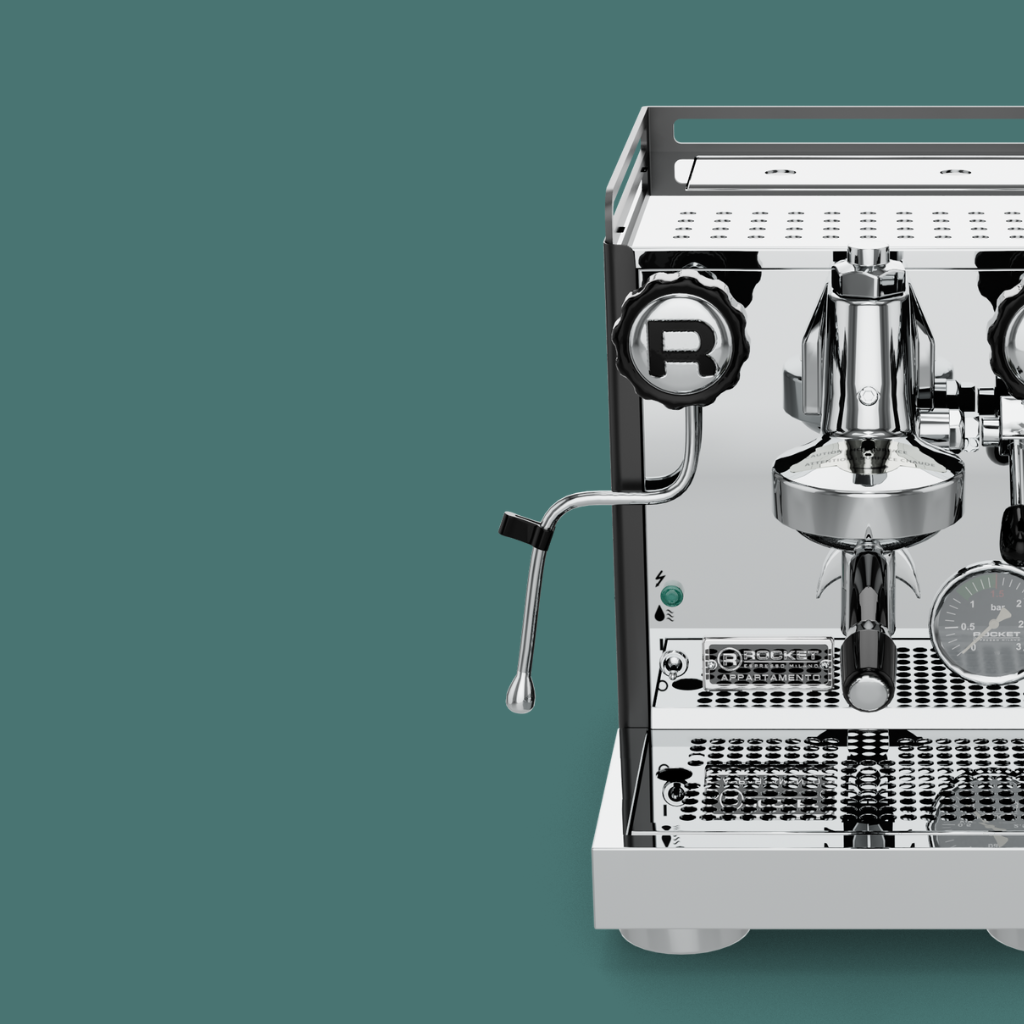
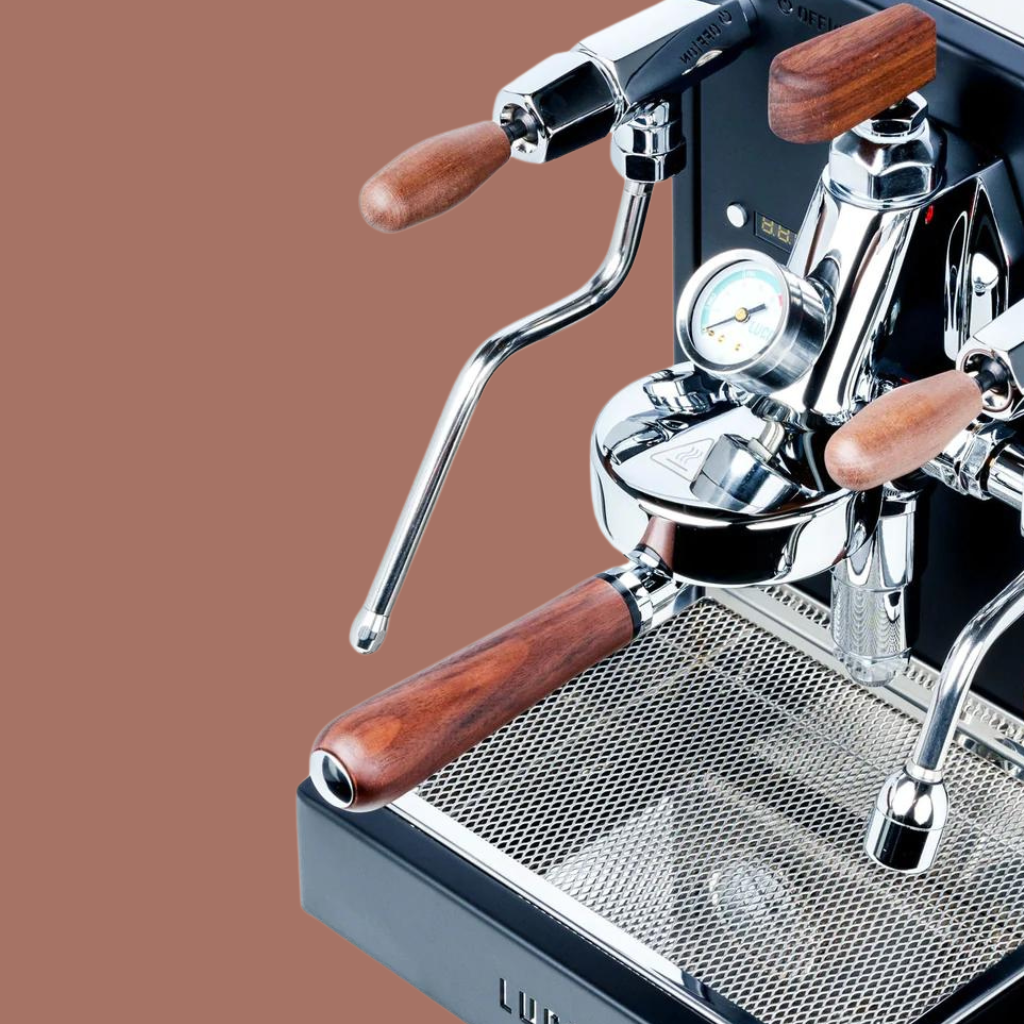
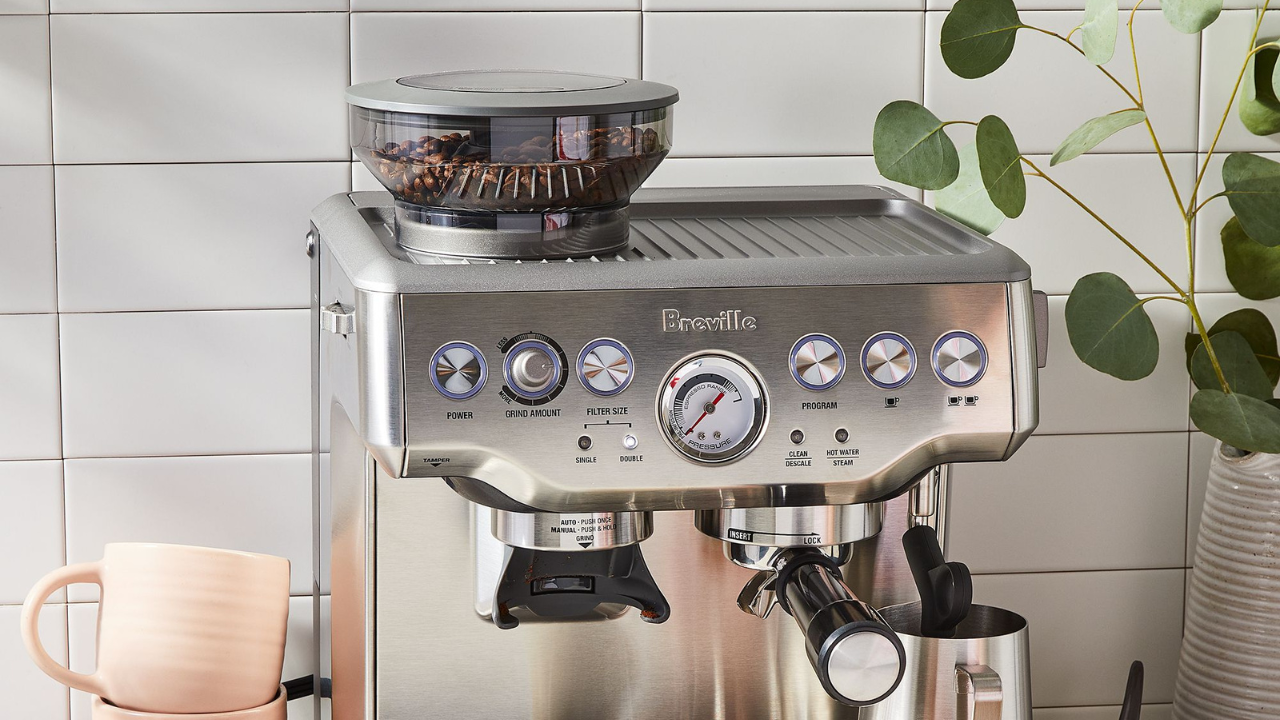
: invalid url input -->)
